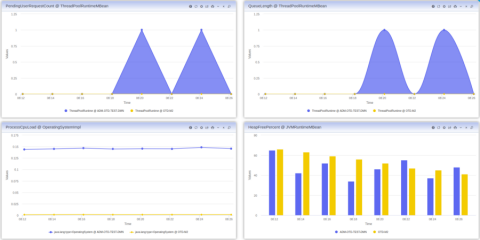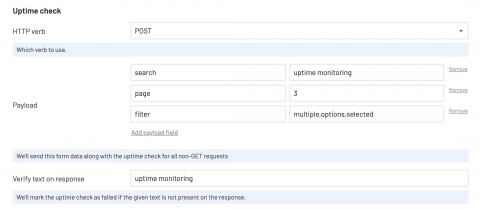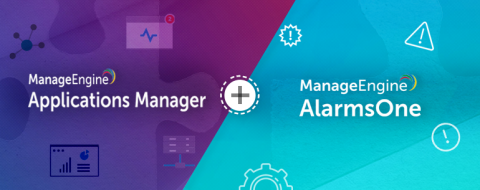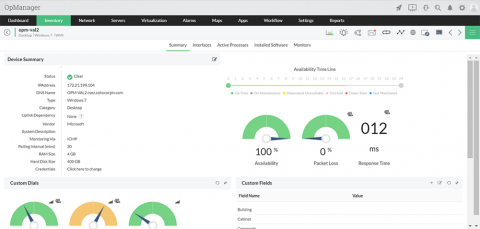DevOps Engineer Starter Guide
Everybody climb aboard the hype train with me. Today, we’re going to study a new job title: the DevOps engineer. This role is getting popular in the same way that the full-stack developer role became popular before it. In fact, one could argue that the DevOps engineer is an extension of the full-stack developer in that both seek to extend our ownership of our software.










